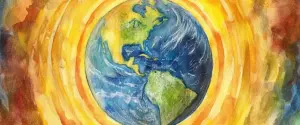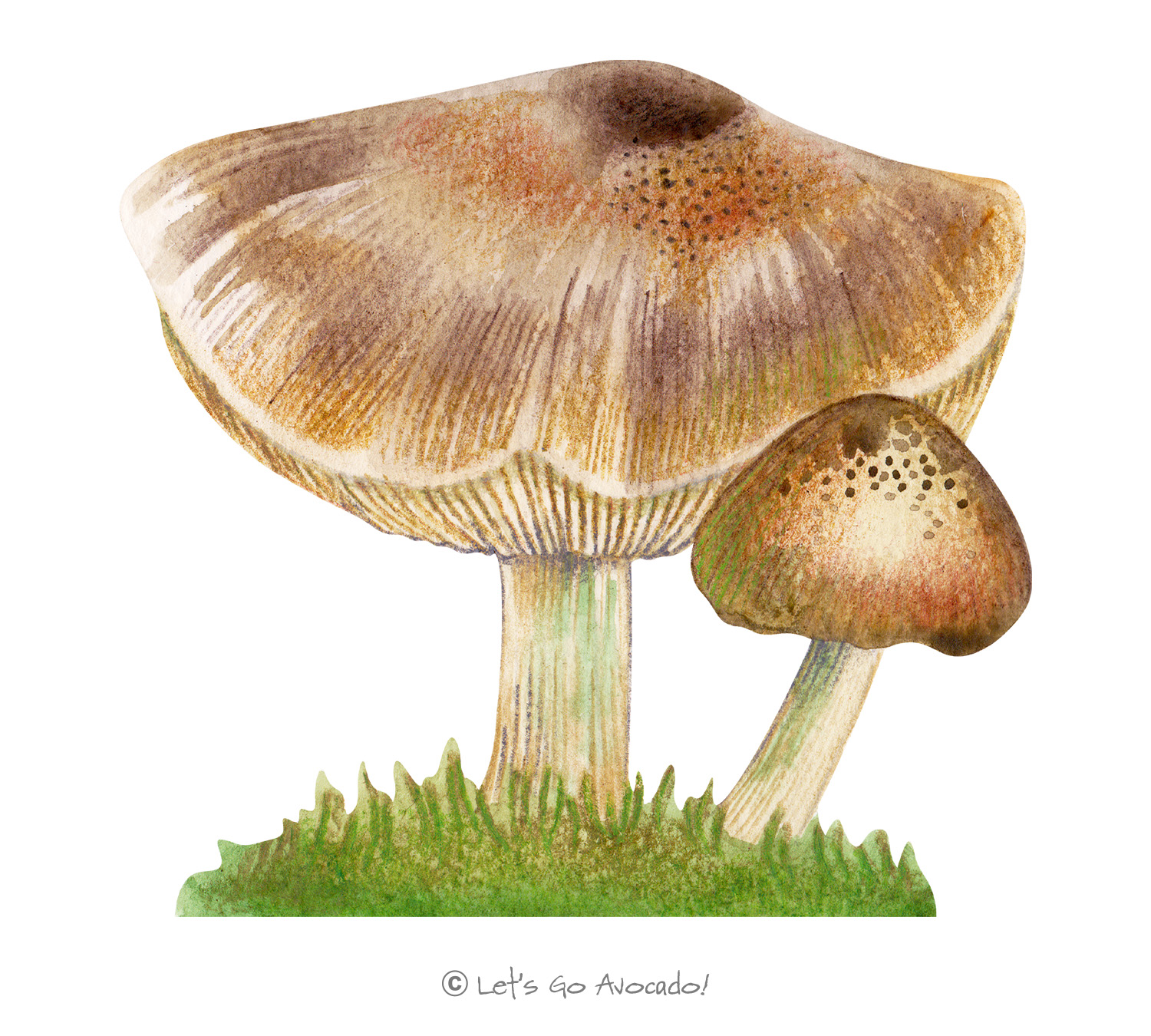

Deer Mushroom
Fawn Mushroom, Shield Pluteus, Deer Shield
Pluteus cervinus
This page may contain affiliate links.
Read our disclosure and privacy policy here.
The Deer Mushroom, scientifically known as Pluteus cervinus, is a commonly found mushroom that grows on decaying wood. It belongs to the Pluteaceae family and is often recognized by its unique appearance which somewhat resembles the coat of a deer.
Deer Mushroom
Common Name
Deer Mushroom
Other Names
Fawn Mushroom, Shield Pluteus, Deer Shield
Latin Name
Pluteus cervinus
Distribution
Widely distributed across North America, Europe, and other parts of the world.
Appearance
The cap of the Deer Mushroom is convex, becoming flatter with age. It has a smooth texture, and its color can range from pale brown to dark brown, often with a radial gradient. The gills underneath the cap are free from the stem and are initially white but become pink as the spores mature.
Size
The cap diameter usually ranges from 4 to 12 cm
Habitat
Found growing on decaying wood, particularly logs, stumps, and other woody debris.
Diet
Saprotrophic, meaning it feeds on decaying organic matter.
Lifecycle
As a fungus, its lifecycle involves spore germination. When the conditions are right, these germinated spores form a mycelial network which then gives rise to the mushroom (the fruiting body). This mushroom releases pink spores, which then spread and start the lifecycle over again.
Defense Mechanisms
Although the Deer Mushroom is generally considered edible, it doesn’t have any specific known toxins as a defense mechanism. As always, foragers must ensure correct identification, as many mushrooms can be easily confused with toxic varieties.
Ecological Importance
Deer Mushrooms play a vital role in breaking down and decomposing wood, helping in nutrient recycling within the ecosystemAn ecosystem is a community of living organisms, like insects and birds, and non-living components, like water and rocks, that interact with each other in a specific area. Learn More.
ConservationThe act of protecting and preserving natural resources and the environment. Conservation efforts are important to protect beavers and their habitats. Learn More Status
Not classified as threatened; it is a common species.

There’s a lot to explore right where we are, in our own neighborhoods and backyards! Join us while we get off the couch and explore the everyday wonders of nature, science, space, engineering, art, and anything else we stumble upon during on our adventures.







